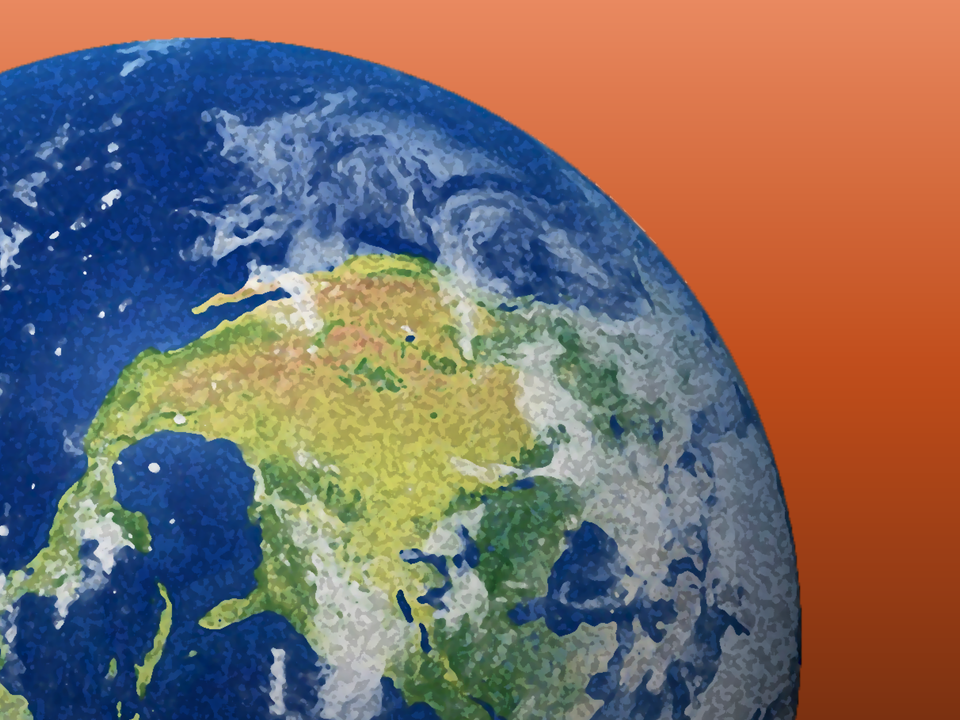Pick Up
1140. Genealogy and Development of Planetary Boundary Science

1140. Genealogy and Development of Planetary Boundary Science
Under the pressure of anthropogenic economic activity, the Earth system is being pushed into the Anthropocene, threatening its stability, resilience, and functioning. In 2009, a paper was published proposing the concept of Planetary Boundaries (PB), which assumes boundaries that maintain the stability of the Earth system as a prerequisite for human development.
The PB concept has quantified and elaborated biophysical processes as boundaries that can maintain the stable functioning of the Earth system, but it has also influenced science in various fields and has made a significant contribution to climate change, environmental conservation, sustainable development, and policy formulation that humanity should address on a global scale.
Dr. Rockström, a proponent of the PB concept, reviewed the genealogy of Earth system science that led to the PB concept and its development in various scientific disciplines in Nature Reviews Earth & Environment. Here is a description of how the PB concept emerged.
The PB framework was originally presented as a "challenge" to the scientific community. Behind this was overwhelming evidence of the "Great Acceleration" and consensus that human activities are causing environmental change on a planetary scale, threatening the functioning and state of the Earth system. In addition, the PB concept has pioneering ecological and economic approaches and interdisciplinary roots, such as Spaceship Earth, limits to growth, and steady-state economy.
These disciplines view the Earth as a complex, partially self-regulating geosphere-biosphere system that behaves nonlinearly and has tipping points. It also envisages a system in which resilience and stability at the planetary scale are determined by the dynamics of negative (attenuation) and positive (amplification) feedback.
Based on these assumptions, the basic ideas of the PB Framework were formed, taking a systematic view rather than focusing on a single aspect of the environmental crisis (e.g., human-caused climate change or pollution) in identifying the processes that regulate the Earth system. For the main control variables, boundaries were identified, above which it was assumed that the risk of causing changes in the state and functioning of the Earth system would increase significantly.
These "boundaries" are not synonyms for thresholds or tipping points, but rather biophysical boundaries, which in some cases are indicated by thresholds (in the case of climate change) and in others by the degree of increasing risk gradients (e.g., changes in the land system or changes in freshwater). It is a fundamental characteristic of the PB framework that boundaries are set on purely biophysical grounds, without taking into account specific human needs, feasibility, etc.
The space depicted by these boundaries has been called the ‘safe operating space for humanity’, because the stable state and function of the earth system are prerequisites for human development. The reference point for this safe region is a climatically stable period during which the Holocene-Global Mean Surface Temperature fluctuates within ~14°C ± 0.5°C. Modern Homo sapiens has existed on Earth for at least 250,000 years, but under the stable environmental conditions of the Holocene, humans were able to form agriculture, sedentary societies, and civilizations.
In 2023, a new paper found that six of the nine planetary boundaries defining a safe operating space for humanity have already been crossed. This means that the environmental conditions that have made it possible for human agriculture and the formation of settled societies and civilizations have collapsed. With the world's population currently estimated to be approximately 8 billion and expected to reach 10 billion by the end of the 21st century, there is an urgent need to enhance the resilience of agri-food systems in order to maintain food security and achieve sustainable development, while limiting biophysical disturbances to the limits of the safe operating space and the Earth.
Reference
Rockström, J., Donges, J.F., Fetzer, I. et al. Planetary Boundaries guide humanity’s future on Earth. Nat Rev Earth Environ 5, 773–788 (2024). https://doi.org/10.1038/s43017-024-00597-z
Contributor: IIYAMA Miyuki, Information Program
